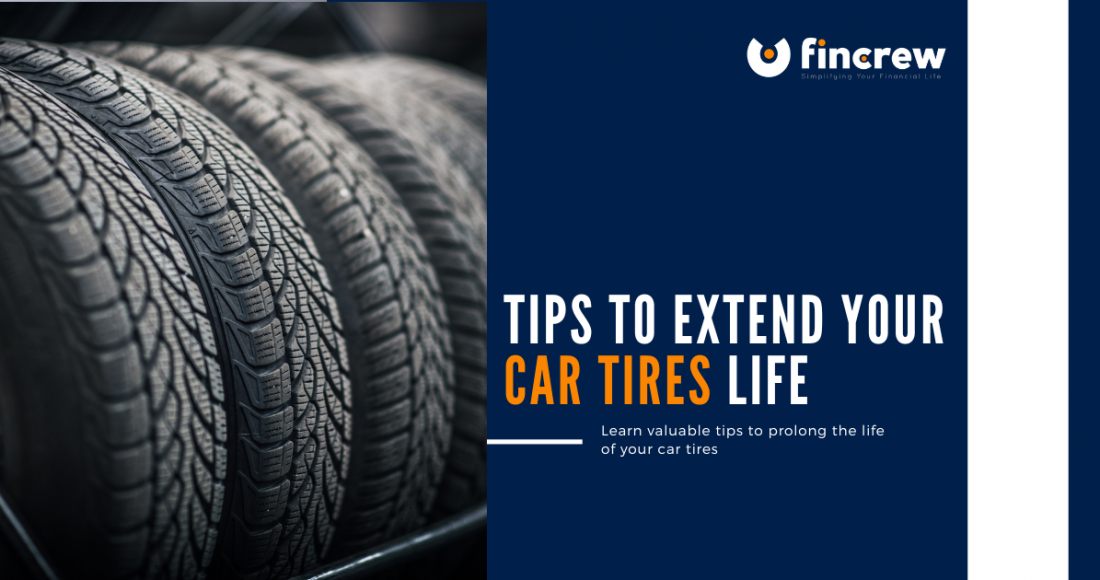Your vehicle’s tires are the only parts in direct contact with the road, so they undergo significant wear and tear. Every mile you drive will wear down your car tires somehow, but take some steps to prolong tread life. You can extend the tire life of your vehicle by following these simple steps.
Make Sure You Keep Up The Pressure
Keeping your car tires inflated correctly is essential for maximizing tire life and keeping you safe. Check your car tires at least once a month, when they are cold, and before long trips. Insufficient tire pressure can affect handling and cause the tire to overheat, failing. A label will tell you the correct pressure in your car, usually on the driver’s door jamb.
Straighten up
Ensure that car tires are balanced and aligned. By balancing your car tires, you ensure that your wheels rotate correctly and your vehicle does not vibrate. In addition to damaging the tire, vibrations can also become a road safety problem. Therefore, it’s always a good idea to balance new tires when installed and have them checked if they begin to shake. Every time there is a severe pothole bump and the intervals in the owner’s manual specify it, be sure to have all four wheels aligned. Do this during the installation of new tires. In addition, inspect your car tires visually for uneven wear, indicating a problem with alignment or inflation.
Rotate Your Tires Regularly
Tire wear is influenced by where they are located on your vehicle and where on the tread they sustain the most wear.
As an example, front-wheel-drive vehicles lose tread faster than rear-wheel-drive ones since the fronts provide traction and turning. As a result, car tires on the rear of the car ride along, not producing power or turning the vehicle. One way to keep your car’s tires from wearing out is to rotate the tires periodically. It helps keep tread wear even, so one set of tires lasts longer. Your vehicle’s tires need to be turned according to its model, but a general recommendation is 5,000 miles per rotation.
Check Your Vehicle’s Alignment
Your vehicle’s alignment refers to the direction the vehicle’s tires point when the steering wheel is straight. Although potholes, bumps, curbs, and other obstacles can cause the alignment to be slightly off, the tires should always be aimed straight ahead as you drive directly. As an example, rather than pointing straight ahead when driving, your vehicle’s tire might point outward, inward, or to either side. Thus, one tire can be perfectly aligned, but another might be several degrees off. If a tire is not aligned, it will wear out faster because it drags across the pavement. You can prevent excessive wear by checking your vehicle’s alignment periodically (and correcting it if it’s off).
Skip Bad Roads
When your tires squeal on takeoff or grind on curves, the noise you hear is rubber sticking to the road. So make it a point to drive slowly on bad roads and avoid potholes if you want your tires to last.
Quick Change
Winter tires are exemplary at handling ice and snow because of their slits and pliable rubber, but they also wear very quickly down on cleared roads. Therefore, remove winter tires as soon as the threat of inclement weather has passed. It will allow them to last as long as possible.





